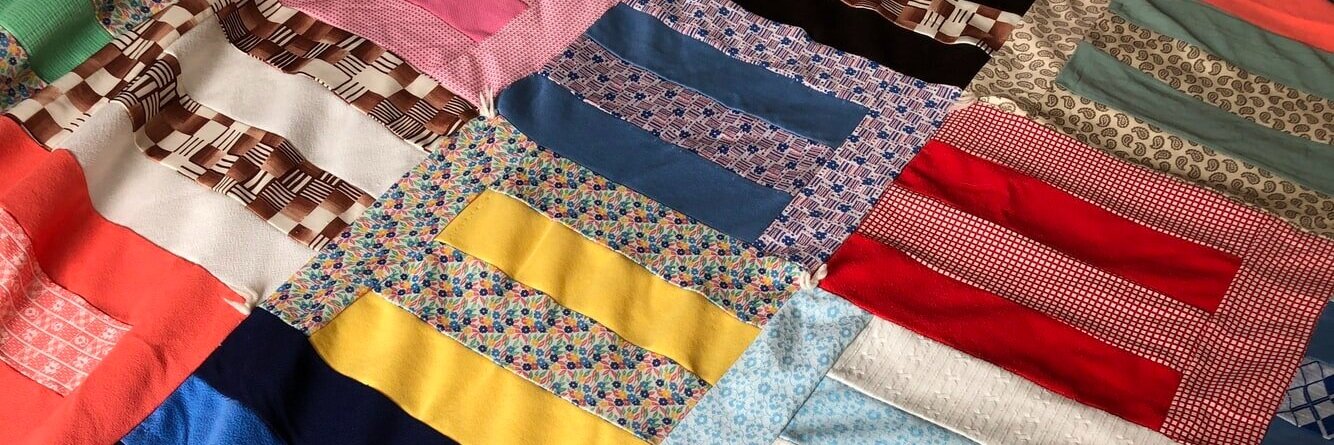Designer Showcase: Emily Bode, Bode NYC
/Diane Helentjaris, Unsplash / Please note that images used in this Blog are not affiliated with Emily Bode or Bode, NYC in any way
This wouldn’t be a fashion blog (albeit an amateur, student run-one) if we didn’t showcase at least one extraordinary designer. And who more deserving than Emily Bode of Bode, NYC—one of my absolute favourite brands as of late. Bode—who put together her first runway show for Paris Fashion Week in June of 2019—started her brand on her own terms. She’s become known for crafting one-of-a-kind garments from the ground up using a variety of vintage textiles and fabrics. Whether she’s patching up new garments using those tired fabrics or creating entirely new pieces with them, she brings new life to both the textiles themselves, and the fashion industry.
An instant inspiration and loved by many, Bode became the first female designer to show at New York Fashion Week (NYFW) in the men’s category—which came only three years after her brand's inauguration in 2016. The collection consisted of colour-blocked shirt/pants sets, corduroy work jackets with hand-drawn images, striped trousers, knit sweaters, a unique penny-lined transparent jacket, and much more. She describes Bode as follows:
“Bode is a luxury menswear brand that expresses a sentimentality for the past through the study of personal narratives and historical techniques. Modern workwear silhouettes united with female-centric traditions of quilting, mending, and appliqué shape the collections. Each piece tells a story and is tailor-made.” bodenewyork.com
And Bode is certainly a luxury. With prices ranging anywhere from $86 (CAD) for a hand-crafted face mask to $2,000+ (CAD) for some of her hand-tailored, vintage quilt work jackets—it’s important to know why such a high price point is justified.
The first and most obvious reason for Bode’s luxury price tags is the fabric itself. A vast majority of their pieces are crafted using actual vintage textiles, which are sourced and acquired from many different markets, attics, barns, and sweet grandmother’s across the globe. After the fabrics are acquired, they are cut, sewn, and tailored by hand in countries that have a rich heritage in garment fabrication. To boil it down, when you buy a piece from Bode, you’re buying a rare, hand made, high-quality garment that you most likely will not find anywhere else on the planet—unless you’re sourcing and sewing yourself!
You can find Bode’s one-of-a-kind pieces on their website (linked above). If you see something you like, you better scoop it up quick because they don’t sit for long. Rest assured, new unique pieces are added pretty regularly—so keep your eye out!
With a brand this young, the future can only look bright. I’m extremely excited about Bode’s future collections and to see how it evolves over time. Congratulations to Emily!
Chad Hetherington
A fashion enthusiast and leisurely, self directed pupil of philosophy, Chad loves nothing more than love itself. In his free time, you’ll probably find him playing video games, spending time with his tight knit friends and family, or browsing for clothes.





